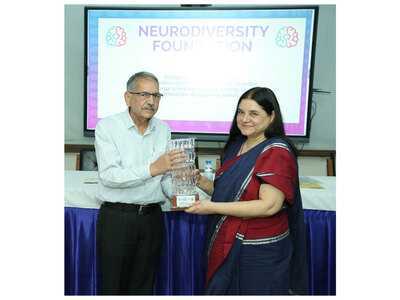February 28 is Rare Disease Day, dedicated to raising awareness for the 300 million individuals globally affected by uncommon illnesses. As such, we take look at one rare ailment which caused panic when it was discovered more than half a century ago.
Kuru, otherwise known as the "laughing disease" or "laughing death", imposed a significant threat when it appeared among the Fore people Papua New Guinea in the 1950s and 1960s. The All That's Interesting account shared insights into the disease with the post: "In the 1950s, researchers exploring Papua New Guinea made contact with a tribe of 11,000 people called the Fore and soon learned that a strange disease was wiping out 200 of them per year.
"Though experts first thought that the illness was caused by contaminants or genetics, they eventually found out the real cause – which was far more disturbing."
READ MORE:
READ MORE:
The disease was most prevalent among adult women and children, who contracted it after consuming the brains of deceased family members as part of a funeral ritual.
The post continued: "One researcher explained, 'If the body was buried, it was eaten by worms. If it was placed on a platform, it was eaten by maggots. The Fore believed it was much better that the body was eaten by people who loved the deceased than by worms and insects."
This practice ceased in 1960, but cases of kuru were reported for many years afterward due to the disease's long incubation period, according to US health website Medline Plus.
"The average incubation period is 10 to 13 years, but incubation periods of 50 years or even longer have also been reported," the site continued.
The disease occurs when people consume infectious prions, an abnormal protein which can cause brain damage among other conditions. MedLine stated that the disease causes complications similar to Creutzfeldt-Jakob disease.
As the brain contained the highest concentration of prions, those who consumed this part of the body were at most risk of developing kuru.
What are the symptoms of kuru?Symptoms of kuru – which translates to "trembling" from the Fore word kuria or guria, meaning "to shake" – include muscle twitching and loss of coordination. Other symptoms, according to HealthLine, include "difficulty walking, involuntary movements, behavioural and mood changes, dementia, and difficulty eating".
"Random, compulsive laughing or crying" is also a symptom of kuru, earning the disease its nickname.
There is no known cure for the deadly disease, with victims usually passing away within a year of showing symptoms.
The University College London website said: "The last three cases of kuru occurred in 2003, 2005 and 2009 with incubation periods in excess of 50 years."









